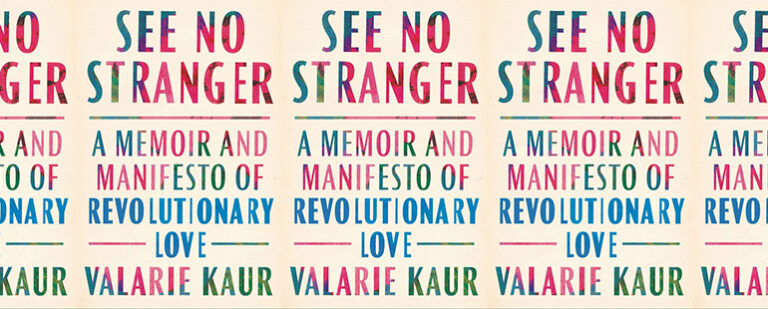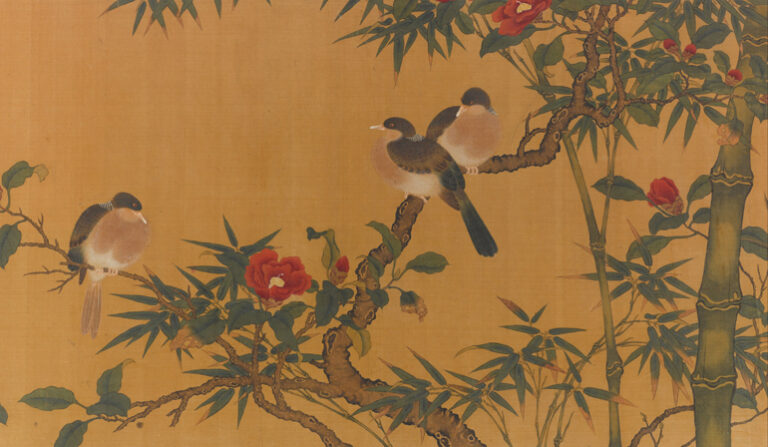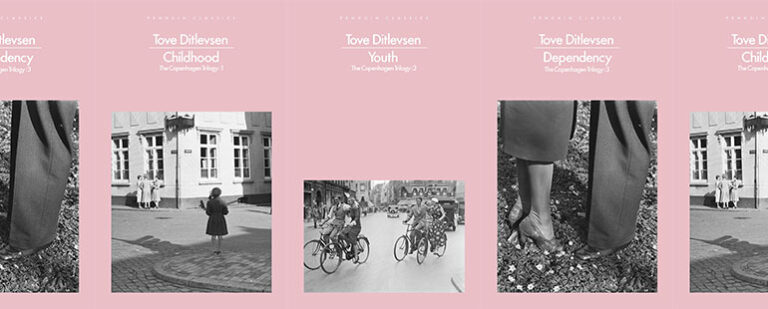The Agency of Men in The Atmospherians and How to Kidnap the Rich

Some traditions don’t need translation—they are ever-present and transcend boundaries. Take misogyny, and what happens when men notice that they are no longer powerful. The actions they take––catcalls, rape, murder––are consistent, and described through passive language that erases male agency. In India, for example, “Eve teasing” references a religion in which women exist to serve men, and dangerous consequences for women are a side effect of male play. Its parallel in the U.S., “toxic masculinity,” is an oil spill in which men are hapless, tar-soaked birds. “When people use it, they tend to diagnose the problem of masculine aggression and entitlement as a cultural or spiritual illness—something that has infected today’s men and leads them to reproachable acts,” writes Michael Salter, a professor of criminology. The pabulum of both terms creates the illusion that men are victims of a system masterminded by someone, anyone but them.
Against this passiveness labor two fiction debuts set on opposite sides of the Atlantic. They take a what if to its most extreme conclusion: What if problem men were isolated in a forest with only machetes, bran cereal, and mirrors in which to view their flaws? What if the filthiest men––both in riches and in hygiene––were taken hostage and forced to evaluate their life choices? In the world of fiction, as opposed to the real world and its assumed male passiveness, men must make choices; they are not victims, but the owners of their mistakes.
Alex McElroy’s The Atmospherians, published last month, starts with a white man deciding to save the world from others like him. Dyson, a failed actor, launches a cult whose purpose is to reform men, or at least relieve the rest of the world of the burden of interacting with them. “Because if any group ever deserved forced isolation, ever needed their world view shaped by trusted leaders––for the greater good––it’s men,” Dyson says. “White men, especially.” He elegantly lays out a system of classification in pursuit of this goal, much like the ones white men have applied for centuries to the rest of the world, and categorizes a dozen species of dysfunction: Stubborn Man, Righteous Man, Accommodating Man, Military Man, Workaholic Man, Sports Man, Negligent Dad, Yoga Man, College Man, Addict Man, Professor Man, Cheater Man.
The reason the world needs rescuing from these men is both exaggerated and familiar; across the U.S., men are spontaneously banding together to change a woman’s tire or weed a woman’s garden––without the consent of the tire or garden owners. These “man hordes” are unthinking and unstoppable, and though they only exist in the novel’s reality, they feel authentic to a world in which male agency is diluted to make the continuation of men’s dominance more palatable. McElroy’s portrayal of contemporary America is so astute that the novel, completed before the March shootings in Atlanta in which a white man killed six women of Asian descent, seems to predict the actual event:
Last week, a man horde in Bernice, Louisiana, heaved thirty-four bricks through the front window of Fine Finish Nail Salon. Seven customers were treated for injuries. The owner of Fine Finish Nail Salon, Susan Cho, an Asian American resident of Bernice, has joined local activists in calling on the Bernice police to charge the assailants with hate crimes. But police are reluctant to charge the men––all of whom were white––without evidence of premeditation.
The video cut to a cop at a podium: ‘These are good men. Men from our community. Men we’ve grown up with. They would never act like this under normal conditions. Something infiltrated their brains.’
In the novel, the police are reluctant to blame members of the man horde because they can see themselves in those men. In Atlanta, it was the same: a police spokesman initially averred that the murders were not racially motivated and told reporters the shooter “was pretty much fed up and had been kind of at the end of his rope, and yesterday was a really bad day for him.” A bad day arrives like bad weather, beyond the gun owner’s control.
The problem with men making choices is that the easiest option is not to change, but to escape. Escape beckons in the form of cults, self-harm, and suicide, illusory balms for the wounds of relationships. To heal those wounds, the cult’s men stage psychodrama, a therapy method in which people act out roles (parent, child, partner) in an individual’s trauma. “No story is ever a story alone,” reflects a second cult leader who secretly watches, noting that her pleasure arises not from watching the enactments but instead from witnessing the reactions of the audience. “Stories are never realized through their telling but through the reactions they elicit.” The same can be said of humans themselves, who seek from birth to confirm their selfhood through others’ reactions. In this context, the actions of the man hordes become comprehensible: men who have failed to successfully interact with their own families desperately seek a response from any stranger, even if that response is terror. They are ghosts haunting the functional world.
Rahul Raina’s How to Kidnap the Rich, out in the United States last week after its initial publication in the United Kingdom earlier this month, is concerned with what white men leave behind. In Delhi, it’s a machismo that infects men of every social class, from a television producer to a chaiwallah. Some prowl clubs with women on their arms as accessories; others utter crude jokes about sleeping with underlings. As in The Atmospherians, the process of correction starts with the questionable actions of one man––specifically, the kidnapping referenced in the book’s title. Violence makes possible repentance. The victims––a dumb, rich teenager and a poor but clever twenty-something narrator who earns a living by taking the teenager’s exams––face the consequences of each of their many mistakes. This agency extends to the narration itself, in the voice of the genius test taker—each is aware of how it will be digested in the global marketplace. The test taker will not allow his story to be manipulated into passiveness; he is in control. Take a description of his childhood neighborhood:
My father and I lived in a one-room concrete shell, down an alley, then down another, and another, from the place the Western tour guides said was the real India, the one with piles of spices, women in mango-colored saris, men who smelled of hair oil and incense and dragged cows behind them, stately and fat; the one where the whites got out of their AC jeeps and said how overwhelmed they were by the sights and the sounds.
“Mango-colored saris” anticipates how Westerners compare the culture and skin color of non-Westerners to food as if they are also items to be consumed. Meanwhile, the romanticization of cows (who in reality, at least in cities, wander solo to graze on trash, looking not quite fat or stately) and the phrase “the sights and the sounds” inhabit the mindset of the predictably dazzled, dazed, and definitely condescending Western tourist. Harsh humor keeps the reader (from the West or not) on constant alert: “He sat down on a chair, whiter than a Western panel on racial diversity”; “The parents had described him as ‘a good boy who needs help’ and don’t I know a lie the size of ‘the British are only setting up a trading post’ when I see one.” In one passage, the narrator regrets not having started a yoga ashram to draw in suggestible white folk who would pay for the honor of suffering diarrhea branded as “enlightenment.” (Convincing white people to pay to part uncomfortably with their food is also a device in McElroy’s work.) No one eludes satire, especially the white men who in 1947 left behind a legacy of inequality and factionalism.
It is telling that both Raina and McElroy employ cults or spiritual retreats as devices to solve the problem of men. Outside the military or organized religion, where else can men seek direction? Certainly not in themselves; that would require a man from outside Dyson’s system of classification. So even as they free the rest of the world from the pain of dealing with them, they seek the same power dynamic they knew in that world: the despot and the subjects, the abuser and the abused. Agency belongs to the man at the top, to the man who gets the most reactions.
This piece was originally published on June 8, 2021.


